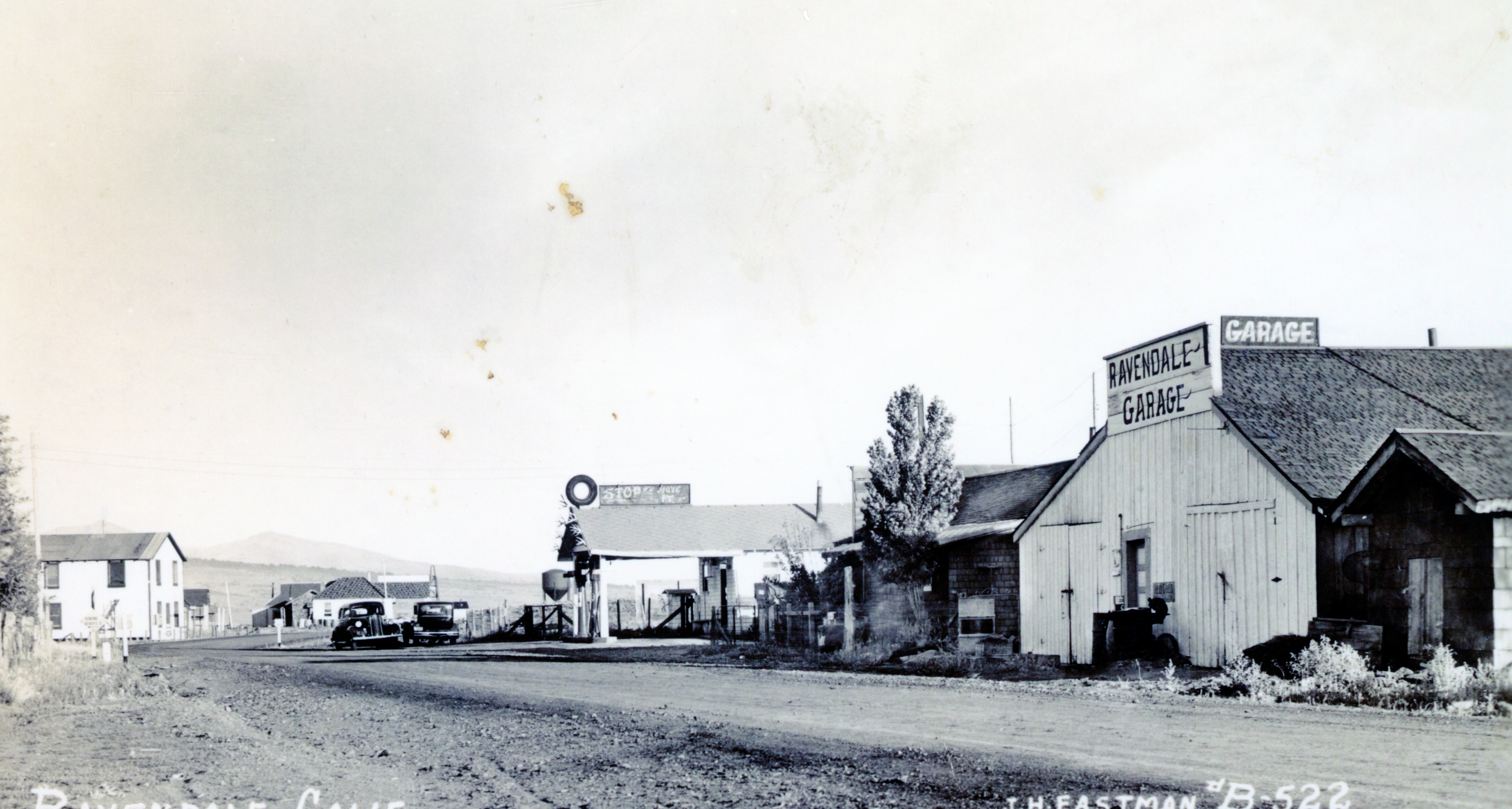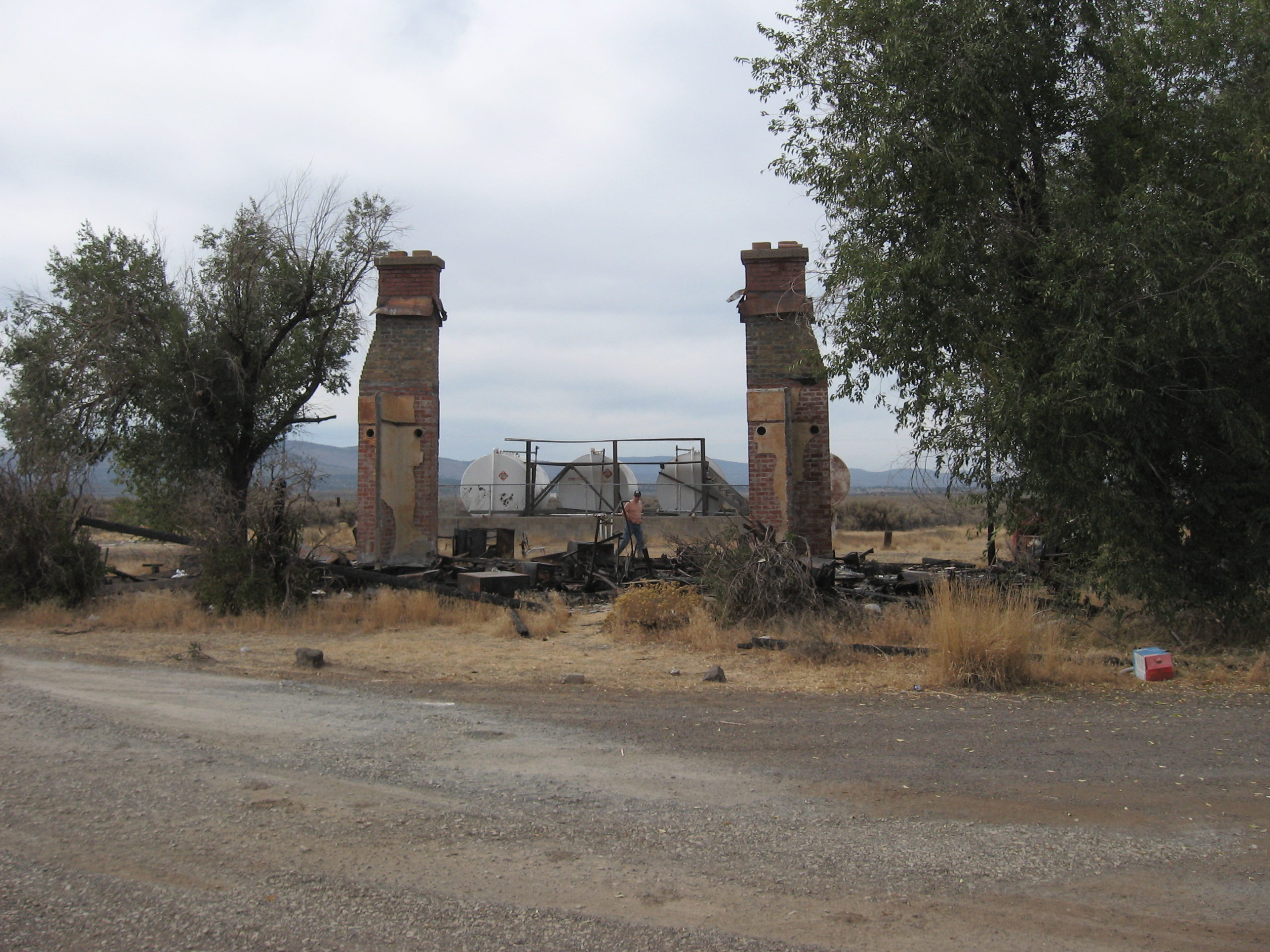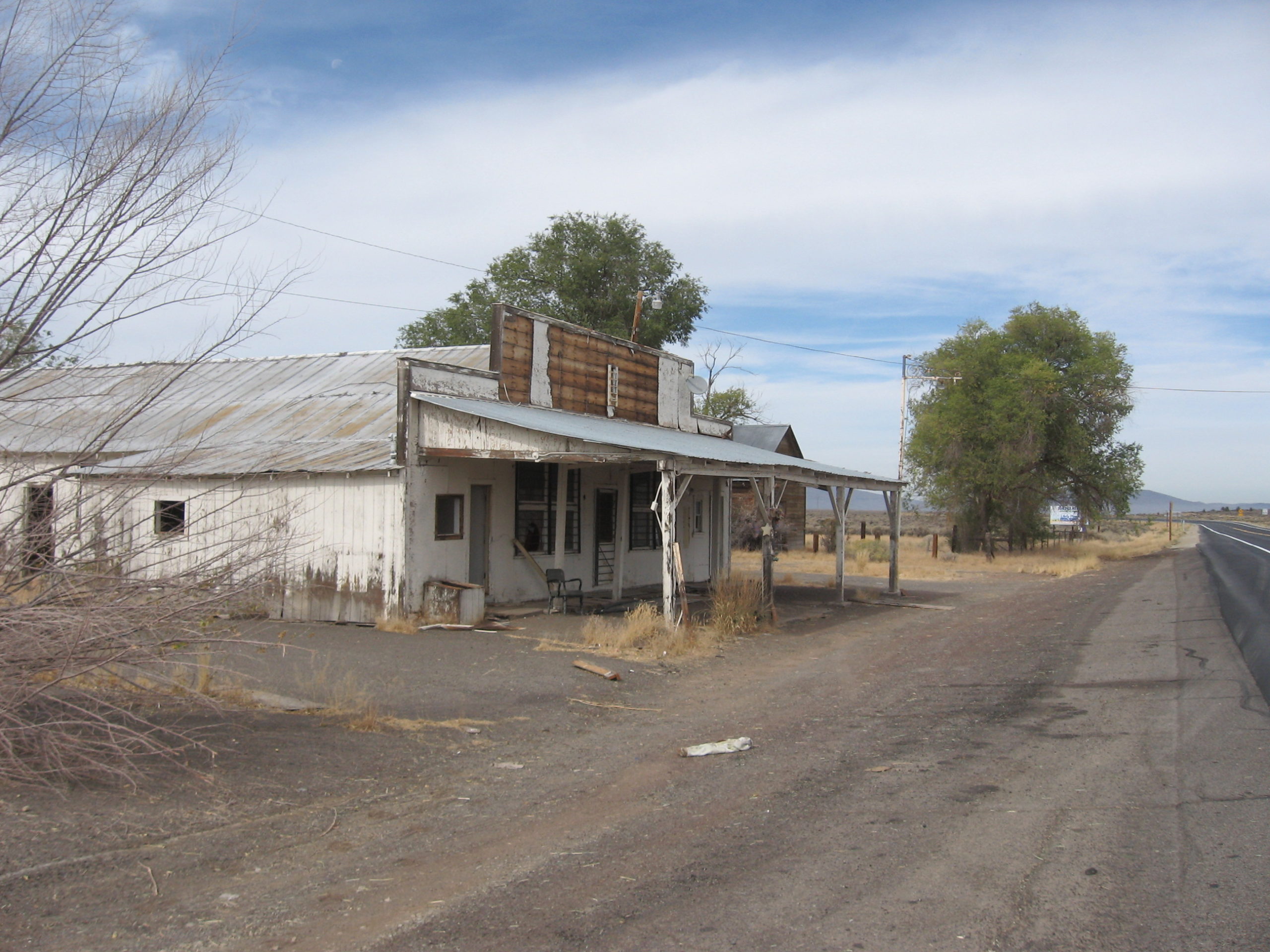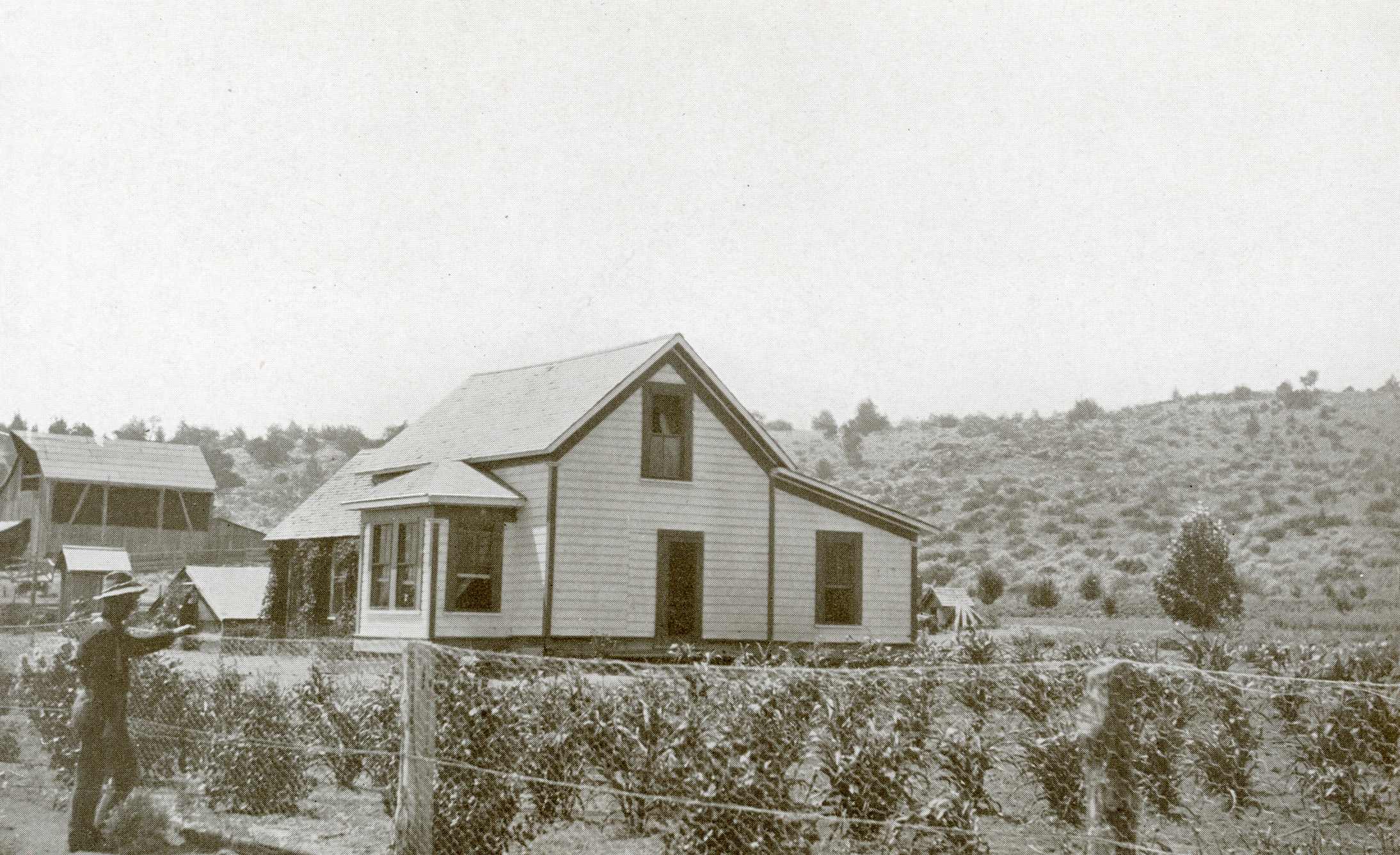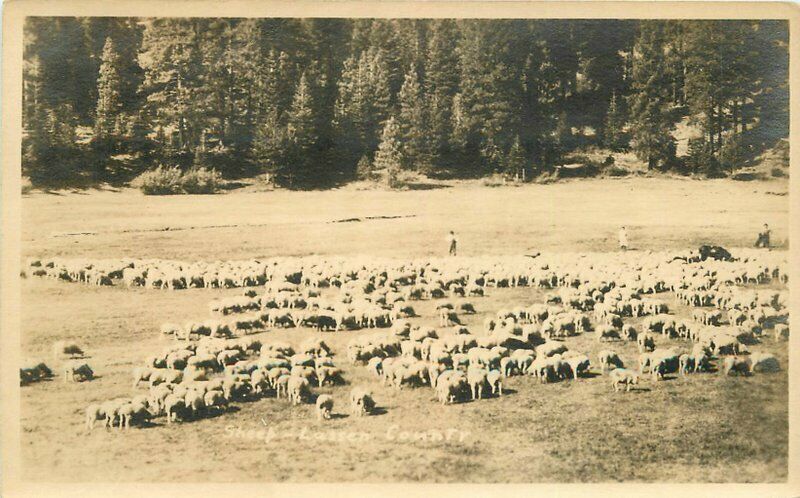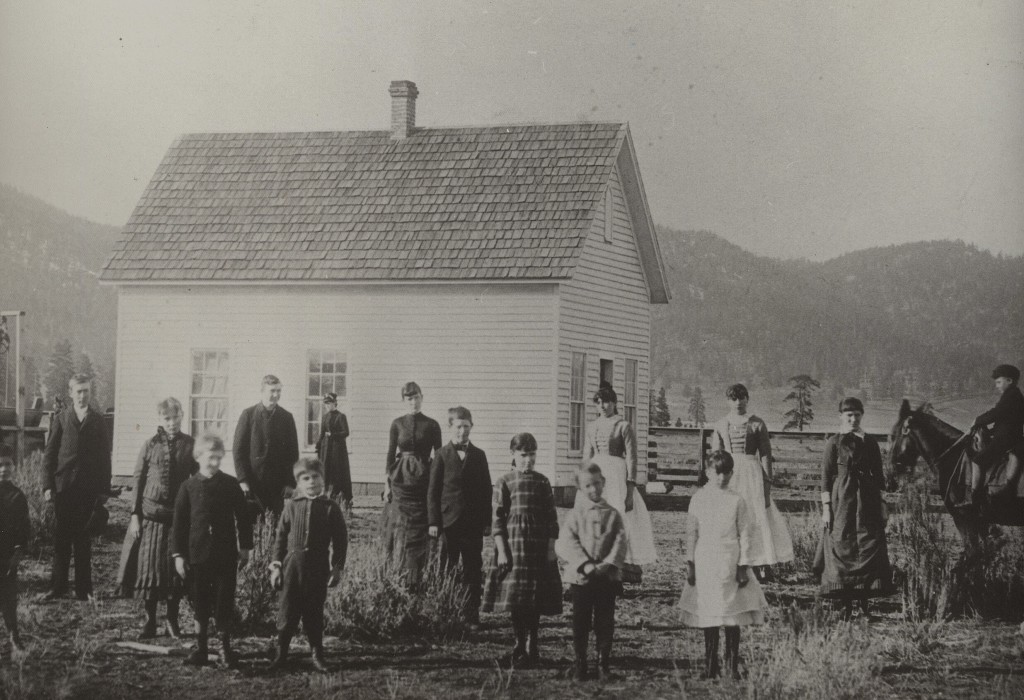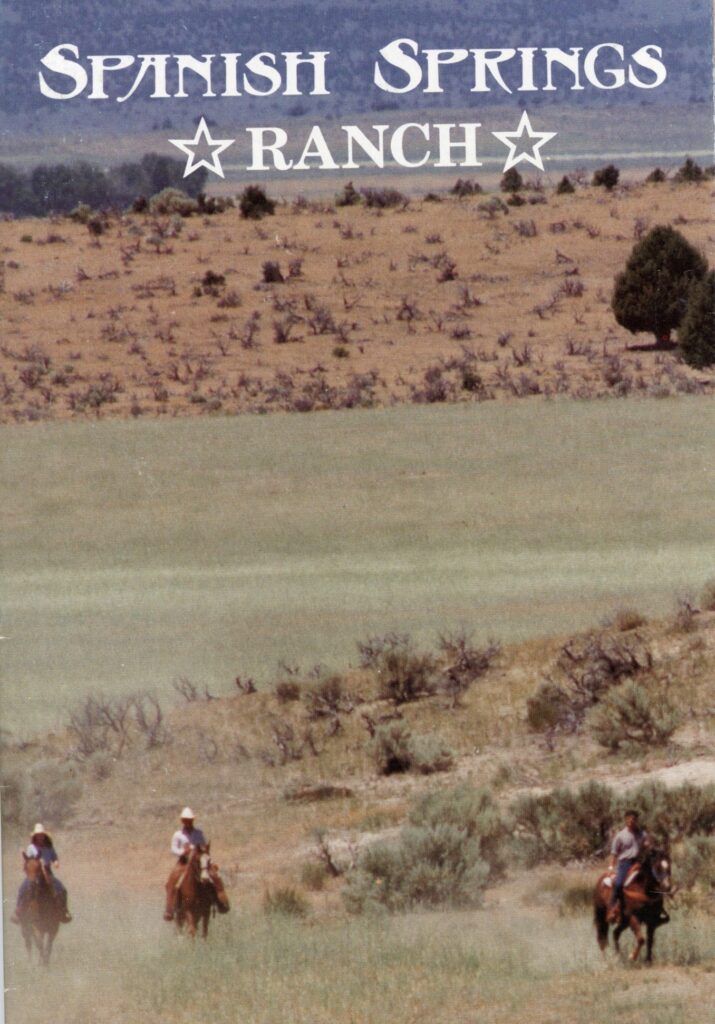
Spanish Springs is a locale in the southwestern corner of the Madeline Plains. Folklore has it that it was named for a Spaniard who was the first person to locate there, but subsequently abandoned his claim. On April 5, 1875, J. O. Conard filed the first claim to the springs. In the mid-1880s, August Penning located on Conard’s abandoned claim and operated a stage station there during the late 1800s through the early 1900s. In 1893, Penning was granted a liquor license to operate a saloon with one provisin no more than one quart of distilled spirits to any person. On November 17, 1941, the Pennig family sold their Spanish Springs Ranch to John Sugadi for $11,000.
It was in 1989. when R.C. Roberts established the Spanish Springs Guest Ranch, that for a time put the area on the map. They offered spring and fall cattle drives for their guests to take part, though to partake was not cheap. The facilities and accommodations were not shabby either. My last dining experience there was in June 2004, with Franklin Dill (Lassen High Class of 1933). It was another year or two when the 3,500 acre ranch was auctioned off, but the guest ranch portion was never resurrected.
This is one of those instances where I have been derelict in duties to chronicle the history of Robert’s enterprise. However, those who had business dealings with Roberts, it was not always a pleasant affair. In 2000, I felt the ire, when the Roberts Estate wanted to hire me to do extensive water right research, but I had to decline for his advisory the John J. Casey Estate had already retained my services. Enough said, but the Casey Estate was prompt on payments for my services.
Tim

